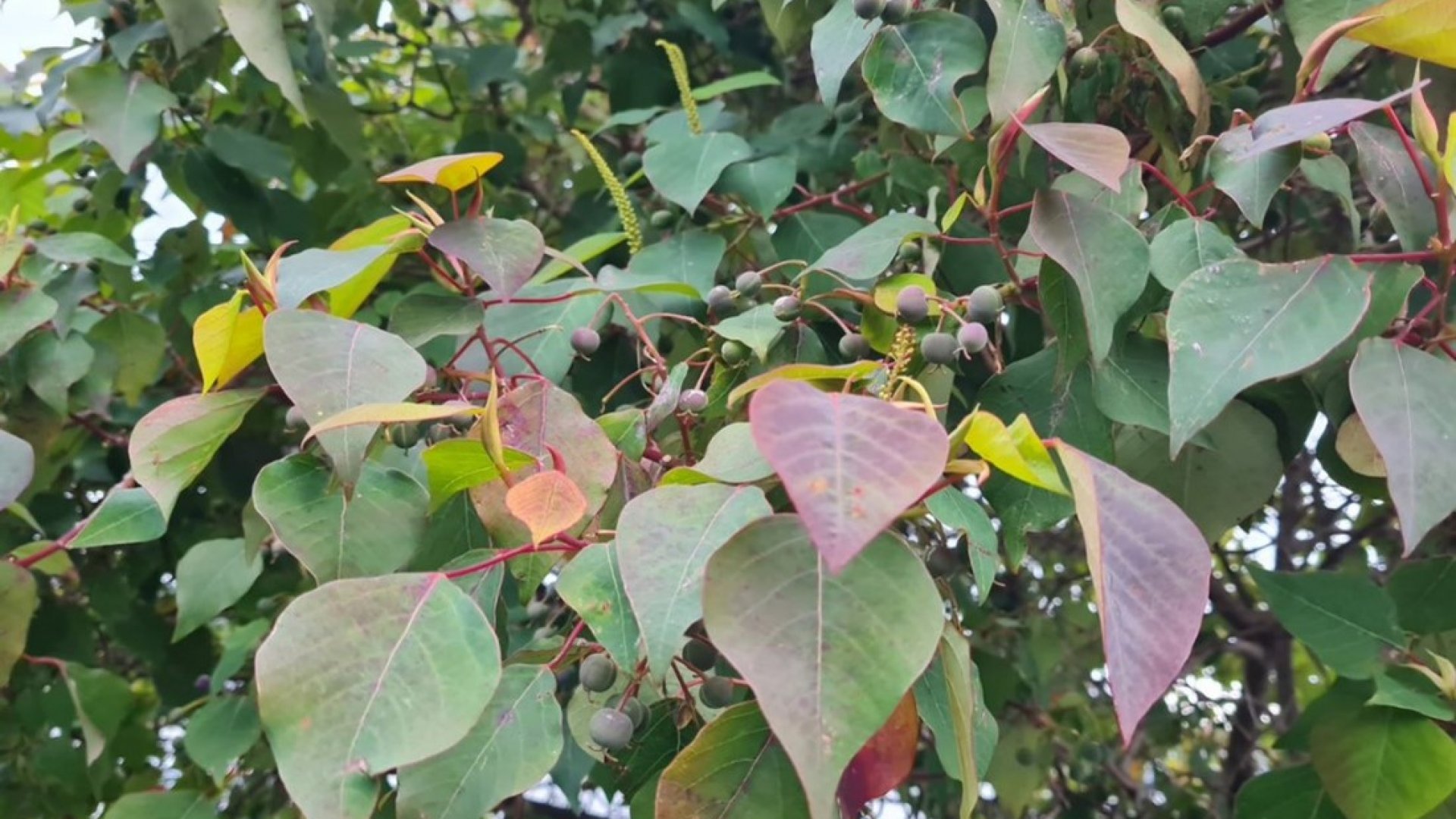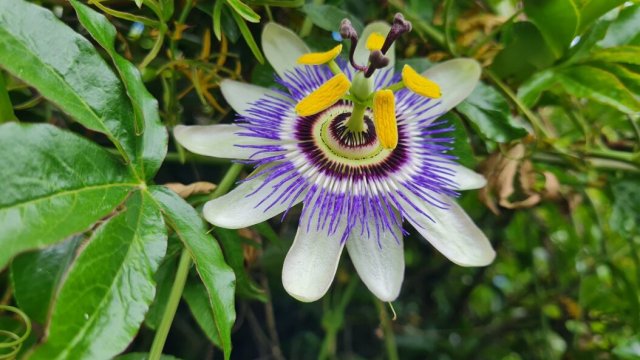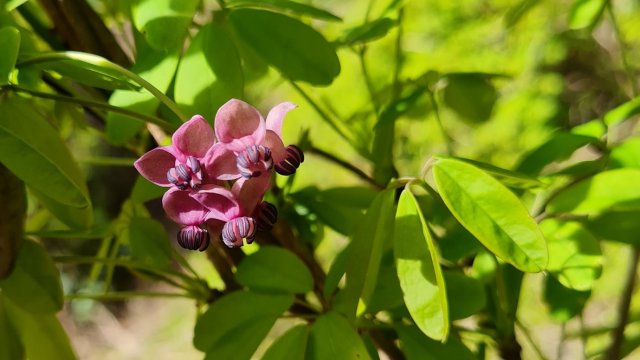Pest Patrol: An unwelcome Australian visitor
21/07/2023 2:57pm
Queensland Poplar (Homalanthus populifolius) is a small tree from Australia with attractive heart-shaped foliage, that has made itself very much at home here, despite the colder climate.
This pest is likely to be found in urban gardens. It’s a “sustained control” pest in the Regional Pest Management Plan which means it requires removal. Council’s biosecurity team is working to reduce the impacts of this pest and slow its spread in the region.
Queensland poplar grow rapidly up to about 5m tall and are prolific producers of seed which is readily dispersed by birds. The plants can form dense stands in the open but are also shade tolerant which means it can invade and dominate the sub-canopy of forested areas.
The purple-green coloured leaf is distinctive, and pale flower spikes rise above the leaves in spring and small clusters of hard round fruit hang below the leaves. To be sure of identification, the fruit has two lobes and a little set of ‘antennae’ on the bottom.

This tree has self-dispersed through parts of central Nelson and The Wood, regularly turning up in residential gardens.
There are a few trees known out towards Atawhai and Dodson Valley, but it may be established elsewhere. It is fairly easy to spot while it is in urban areas, and our biosecurity team is keen to get on top of it before it spreads into natural areas where it would be much more difficult to locate and control.
Please remove any Queensland poplar you have on your property and report the locations to help us track down others nearby. Applying a herbicide gel to the freshly cut stump will prevent regrowth.
If you think you have seen this plant in your neighbourhood, please call the Council office on 03 546 0200, or drop an email to biosecurity@ncc.govt.nz and an officer will call you back. Snapping some pictures of the plant in question is often a great help.




